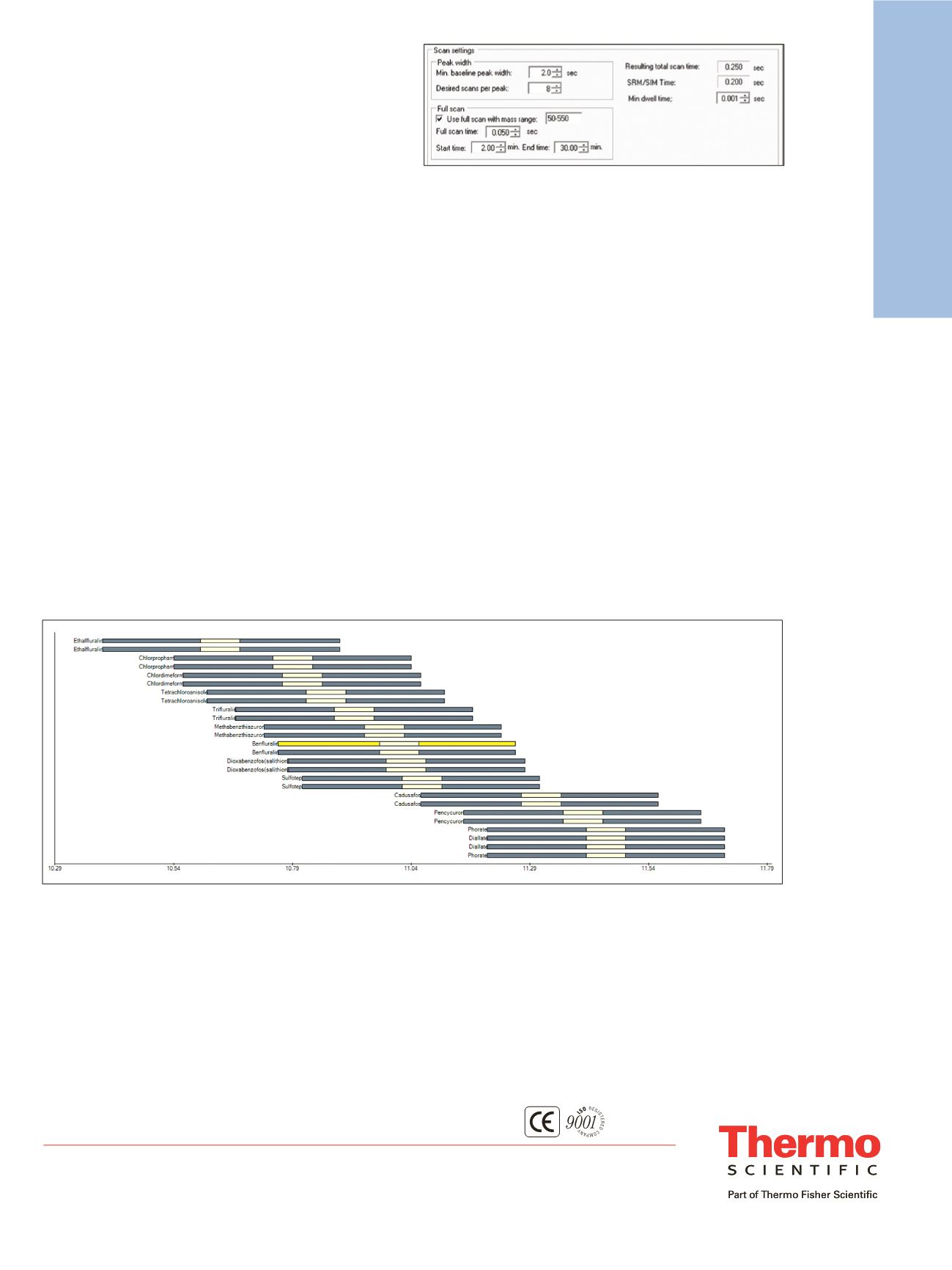
Africa-Other
+27 11 570 1840
Australia
+61 3 9757 4300
Austria
+43 1 333 50 34 0
Belgium
+32 53 73 42 41
Canada
+1 800 530 8447
China
+86 10 8419 3588
Denmark
+45 70 23 62 60
Europe-Other
+43 1 333 50 34 0
Finland/Norway/Sweden
+46 8 556 468 00
France
+33 1 60 92 48 00
Germany
+49 6103 408 1014
India
+91 22 6742 9434
Italy
+39 02 950 591
Japan
+81 45 453 9100
Latin America
+1 561 688 8700
Middle East
+43 1 333 50 34 0
Netherlands
+31 76 579 55 55
New Zealand
+64 9 980 6700
Russia/CIS
+43 1 333 50 34 0
South Africa
+27 11 570 1840
Spain
+34 914 845 965
Switzerland
+41 61 716 77 00
UK
+44 1442 233555
USA
+1 800 532 4752
©2012 Thermo Fisher Scientific Inc. All rights reserved. ISO is a trademark of the International Standards Organization.
All other trademarks are the property of Thermo Fisher Scientific Inc. and its subsidiaries. This information is presented as an
example of the capabilities of Thermo Fisher Scientific Inc. products. It is not intended to encourage use of these products in any
manners that might infringe the intellectual property rights of others. Specifications, terms and pricing are subject to change.
Not all products are available in all countries. Please consult your local sales representative for details.
Application Brief 52299
Thermo Fisher
Scientific,Austin,TX
USA is ISO Certified.
Employing retention time-based acquisition, SIM and
SRM windows are set around the retention time of each
compound and, therefore, chromatographic peaks are
never on the edge of windows (Figure 2), eliminating the
risk of missing or only partially acquiring a compound
peak due to a small retention time shift. If retention times
do shift due to the clipping of the column, for instance,
simply update the compound retention time to update
acquisition windows.
Scan Rate Settings
To set the acquisition rate of the TSQ 8000 GC MS/MS
in timed acquisition mode, simply enter the minimum
chromatographic peak width you expect in your method,
along with your desired number of data points across the
peak, as shown in Figure 3. The instrument method will
automatically set the scan rate necessary to achieve this
number.
For very complex methods, you might approach the
minimum dwell time during the busiest part of the
method. If this is the case, the scan event will be flagged.
Simply narrow your acquisition windows, or lower your
minimum dwell time, to insure that your points across the
peak requirement are met.
Maximize Method Performance
To ensure that your methodology is maximizing its
performance, the TSQ 8000 GC-MS/MS instrument
method allows direct connectivity with AutoSRM and
true timed acquisition.
Export to AutoSRM
As with the connectivity between the instrument method
and TraceFinder software, it is simple to export a
transition list from the instrument method to AutoSRM
and back again. This allows you to optimize existing
transition lists that were not fully optimized before, or
were optimized on a different model instrument or with a
different collision gas.
Sensitivity and Timed Acquisition
In addition to the ease of use, another advantage of
timed-acquisition is that it increases the overall sensitivity
for medium to high complexity SRM or SIM methods.
With timed acquisition, SRM windows are allowed to
overlap (Figure 2), reducing the number of SRM or SIM
events taking place at once. This increases average dwell
time, which, in turn, increases method sensitivity and
precision, allowing for high performance analysis with
even the most complex analyte lists.
Figure 3. SRM, SIM and full scan rates based on peak width and
scans across the peak
Figure 2. Timed-SRM acquisition list as seen in the TSQ 8000 GC-MS/MS instrument method. Gray bars represent acquisition time for
the transitions and yellow bars represent expected compound elution time.
AB52299_E 06/12S


